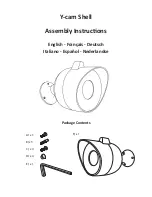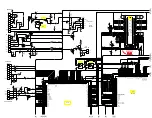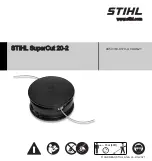
25
4 Safety
The following best practices will help ensure safe, successful flights and help reduce the risk of accident and serious
injury:
•
Always fly under adult supervision and with your full attention at all times.
•
Do not fly under the influence of drugs or alcohol or when your ability to operate Solo safely is impaired.
•
Use common sense to avoid unsafe situations and always operate Solo responsibly.
4.1 Location
When choosing an appropriate place to fly Solo, keep these location factors in mind:
•
Don’t fly Solo indoors.
•
Always fly outside in clear, open areas at a safe distance from yourself, other people, power lines,
animals, vehicles, trees, and buildings.
•
When flying in areas with potential hazards, maintain a distance of at least 100 feet (30 m) from any
people, vehicles, or structures. As the operator, you are responsible for navigating Solo to avoid
obstacles, including during Smart Shots.
•
Don’t fly within five miles of an airport or within any airspace restricted by your local, state, or national
airspace authority. As the operator, you are responsible for knowing and understanding the regulations
that govern small, unmanned aircraft like Solo in your jurisdiction.
4.2 Environmental Awareness
Don’t fly Solo in extreme weather conditions such as rain, high winds, snow, or fog. Such weather conditions can
permanently damage Solo or cause instability in flight.
Before flying, determine the boundaries of the safe flying area at your location. Be aware of any risks, including
bodies of water, structures, trees, power lines, etc, and designate a few areas where you can land Solo in case of
an unsafe situation. Throughout your flight, be prepared to recover Solo manually or use an emergency procedure if
Solo flies outside the safe flying area.
4.3 Visual Line of Sight
Always fly Solo within your visual line of sight. Don’t let Solo get so far away from you that you cannot see its
orientation or so that any physical obstructions block your view of Solo.
Read and understand these important safety instructions before your
first flight to help reduce the risk of accident and serious injury.
Physical obstructions can also block communication signals with the controller,
causing Solo to attempt to Return Home along an obstructed path
Summary of Contents for Solo
Page 1: ...User Manual ...
Page 81: ......
















































